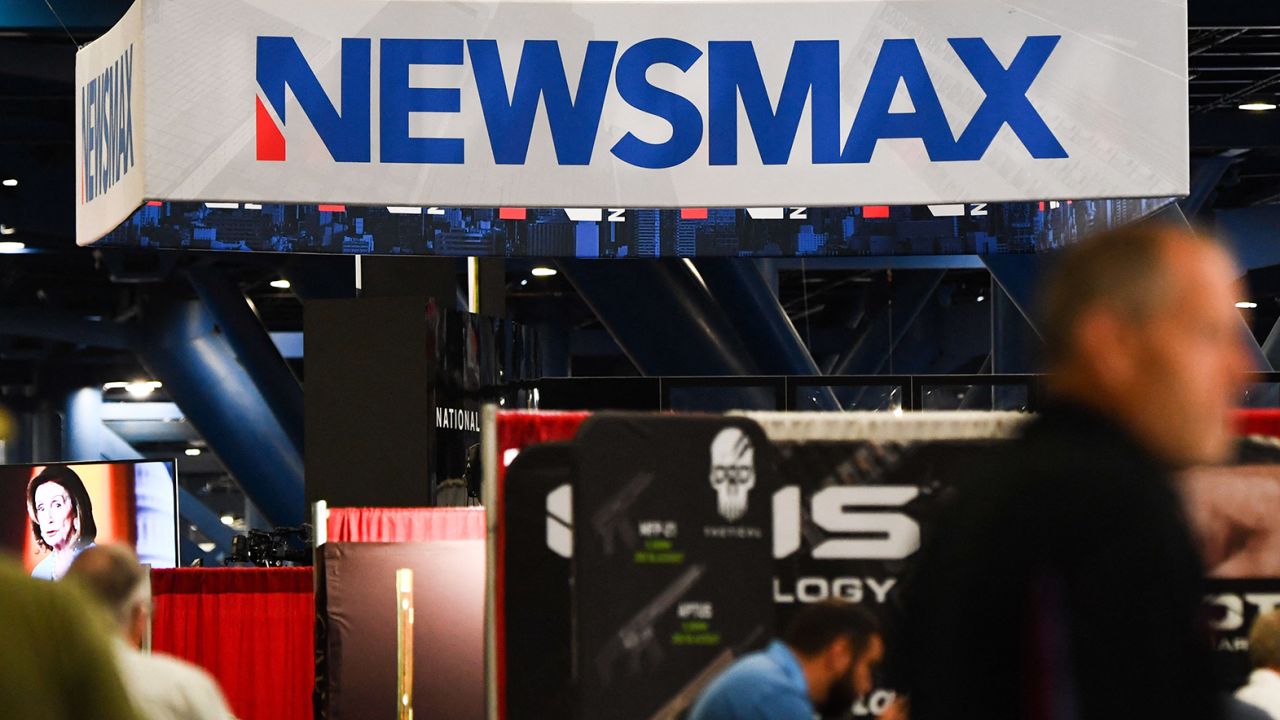The trajectory of U.S. inflation has shown signs of slowing down, prompting discussions among economists and policymakers. Several key factors are contributing to this deceleration in inflation, shaping the economic landscape and impacting consumers.
1. Supply Chain Adjustments
One of the primary factors contributing to slowing inflation is the ongoing adjustment of supply chains. Disruptions caused by the COVID-19 pandemic led to supply shortages and increased production costs. As supply chains stabilize and adapt to new realities, the inflationary pressures are gradually easing.
2. Labor Market Dynamics
The labor market plays a crucial role in shaping inflation trends. With the post-pandemic recovery, a surge in job openings and increased demand for labor have put upward pressure on wages. However, wage increases have not translated directly into higher consumer prices due to factors such as productivity gains and competition.
3. Energy Prices
Energy prices, particularly oil and gas, have historically been a significant driver of inflation. Recently, energy markets have seen fluctuations, with periods of volatility followed by stabilization. This has had a moderating effect on overall.
4. Monetary Policy
Central banks, including the Federal Reserve, closely monitor its trends. Their policies, such as interest rate adjustments and asset purchases, can influence it. The Federal Reserve’s commitment to its inflation target and its willingness to act as necessary can help manage inflationary pressures.
5. Consumer Behavior
Consumer behavior, including spending patterns and expectations, can impact it. During periods of uncertainty, consumers may save more and spend less, which can mitigate inflationary pressures. Additionally, changes in shopping habits, including online shopping and price comparison tools, can influence pricing dynamics.
6. Global Factors
In today’s interconnected world, global factors play a significant role in domestic inflation. Supply chain disruptions, trade policies, and global economic conditions can all affect the pricing of goods and services in the U.S.
7. Inflation Expectations
Consumer and business expectations about future inflation can influence current rates. If individuals and businesses expect prices to rise more slowly, they may adjust their behavior accordingly, contributing to a deceleration in it.
Conclusion: A Complex Landscape
The slowing trend in U.S. inflation is the result of a complex interplay of economic factors, including supply chain adjustments, labor market dynamics, energy prices, monetary policy, consumer behavior, global influences, and its expectations. Understanding these factors is crucial for policymakers, businesses, and consumers as they navigate the evolving economic landscape.



